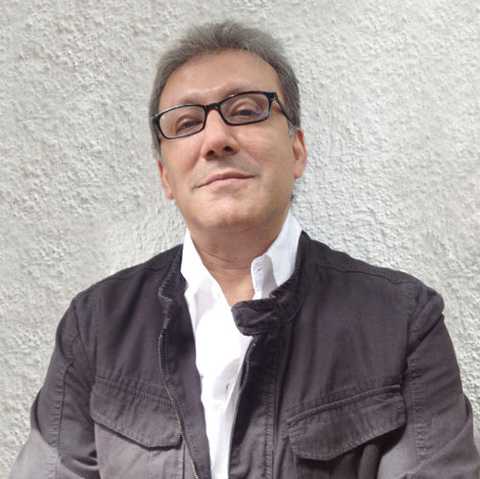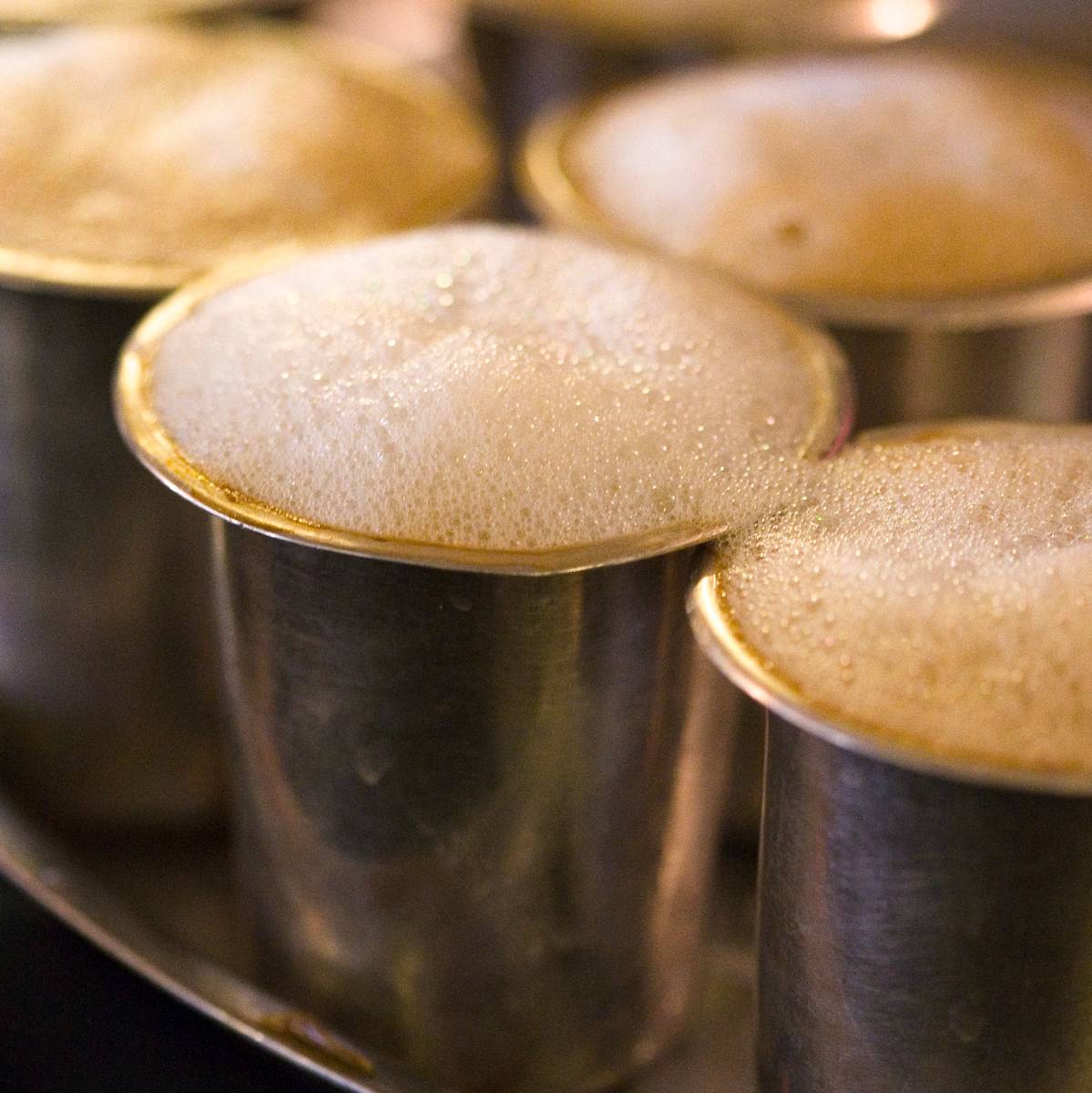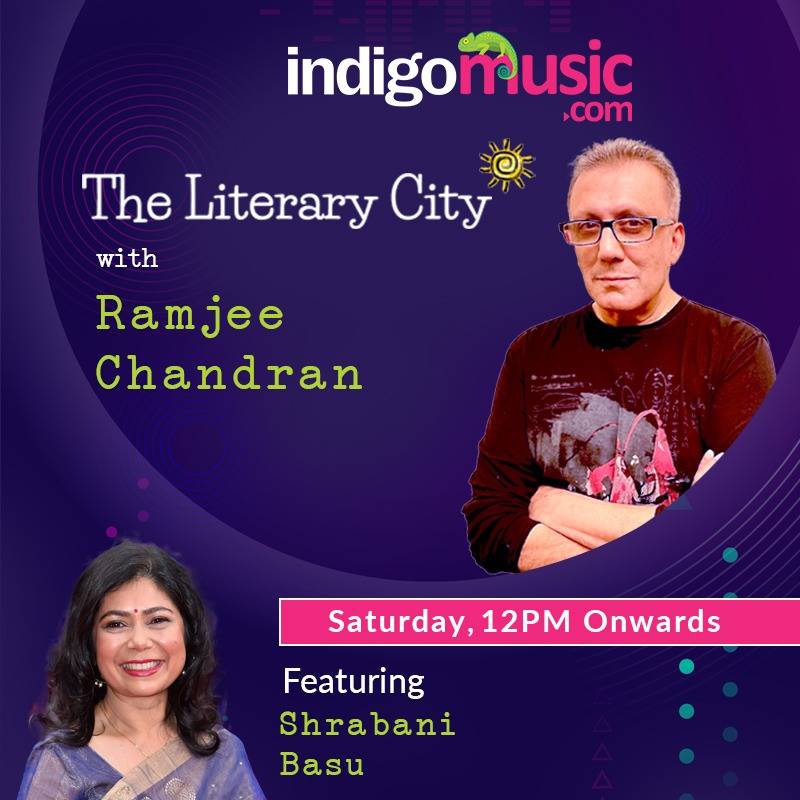Inside Another Person’s Reality - The Museum Of Art & Photography In Bangalore
There are a few places in the world where you are invited into someone else's reality. And you go willingly.
Jan 15, 2023, 16 19 | Updated: Jan 15, 2023, 23 35
I am not sure how art makes you feel.
Hell, I am not sure how art makes me feel.
The biggest question that has plagued me—ever since the fallow period in my personal development—is, “what is the measure of skill in art?”
Sometimes it’s easy. You can tell what people see in the Mona Lisa or anything that Rembrandt or any of the guys did during the say, Renaissance and Realist periods. They painted rooms and shadows and people and fruits and flowers and you went wow, their mothers were right. Their sons could paint. These dudes were ok.
Picasso too. Because he turned everything and everyone into cubes. And so, they were cubes, and that’s abstract, but it’s fine.
Even Salvador Dali. He melted the clocks but I got it. In my sanguine period, I was so deeply moved by Dali when I was 10 that I was briefly tempted to melt my grandfather’s fob watch using the brick oven in the backyard, and then, drape the artsy result over the edge of the kitchen table.
And then, there’s abstract art to wrap one’s head around. This gave me pause.
Take Jackson Pollock for example, the guy looks like he splattered paint all over the place and called it art. Now, don't get me wrong, I can appreciate a good splattering of paint as much as the next guy. But I was not going to pretend that I saw some deep and profound meaning behind it.
Did he plan each brush stroke? Or did he simply claim, “Ooohhh my hands go where my mind goes…” and then splatter splatter splatter. Had I let my own teenage hands go where my teenage mind went, her dad may have taken the law into his own non-teenage hands.
Despite these conundrums, or maybe because of it, something makes me grab every opportunity to go stare at the walls in museums. What voodoo is this I find so compelling?
Take Jackson Pollock, again. One might be tempted to dismiss his paint splatter as nothing more than a maniacal mess. But I found myself mesmerised by the frenzy, the energy, the movement captured on the canvas.
But I was not similarly mesmerised by a similar artist—a Pollock wannabe. Although his paintings looked exactly like Pollock’s in style—and only their mothers could have told them apart—I was unable to feel any of Pollock’s energy in them.
So, never mind finding the measure of skill in art… why could I not even measure why I was able, at once, to tell the difference between Jackson and Shmackson Pollock?
There are libraries of books on art and creativity; and at one time, I started to read up on art history and appreciation. But the more I read, the closer I came to the realisation that art appreciation is a deeply personal thing.
I am not sure how anyone can be schooled in an artist's intentions. Because I think the mind of an artist—abstract or otherwise—is a curious place. It is full of experimentation and bold strokes.
Art "experts" have their uses—indeed they bring us the cultural, academic or technical context behind it all—but I believe art has its own voice. And you can hear it if you choose to listen.
I began to get it.
Artists are not content to merely depict the world in a literal sense, but instead try to convey something more profound and yes, abstract.
And to be invited to view that artist’s work is to be invited to step into that artist’s reality.
To mine the layers of the mind of an abstract artist is a bit like trying to predict the outcome of a third date. One never quite knows what one is going to get. And it is anticipation that makes it all so devilishly intriguing.
These thoughts come to me as I traverse the galleries of Museum Of Art & Photography—"MAP"—in Bangalore. A pumpkin-head on a private tour.
There are a few places in the world where you are invited into someone else's reality. And you go willingly. MAP is one of them.
Allow me to describe this place—albeit in the words of one who can barely tell the Gothic period from Dadaist tropes. Or Expressionism from Impressionism.
MAP is housed in an ultra-modern building spanning 42,000 square feet and it’s truly and frigging-ly world-class. I mean the museum—not just the building. Art, photography, sculpture in physical and uniquely, in interactive digital form.
In the days to come, and especially after they open to the public next month (Feb 2023), there will be much (more) written about MAP in the media—and particularly in this website, in detail.
But right now, I wander, mesmerised by the permanent collection. A collection that is a tribute to women. Women—not typecast as either victim or hero—but whose presence in this collection is enough to bring you into conflict with your inner patriarch.
Exhibit after exhibit in this permanent collection has me in its thrall, reducing my witticisms to monosyllabic sounds of assent.
So, I'm standing here, surrounded by all this art, and it's hitting me that these pieces speak of a certain universality of the female experience. Even though the art was created by people from different cultures, different times, and different styles, it still manages to evoke a sense of familiarity and understanding.
The emotions and experiences not unique to a specific time or place, but universal in nature—you know, makes me appreciate human existence.
These artists were able to transcend their physical limitations and create something that will be remembered—and some of them will even stand around for centuries looking all fancy and timeless.
And in that context, it is humbling to consider how fleeting my time inside this museum will be… and how little of its detail I will remember tomorrow.
And thus, amidst these evocative expressions of soul, I am feeling like a wide-eyed child in a candy store of art.
And I am consumed by such profundity that it makes my head spin… into yet another question. What is the measure of skill for curating a museum? Especially a shindig of this calibre?
Is it a defined amount of knowledge inside the curator’s skull bone thing that determines competence? Or is it something more elusive, a certain je ne sais quoi that elevates a mere collection of art to a transcendent experience?
At its basic most, “curating a museum” is the selection of art. With so much choice though, often the challenge is less about what to put in and more about what to leave out. And, of course, what will best represent the museum's mission and goals.
The curator must consider the historical and cultural significance of each piece, its artistic merit, and how it relates to other works in the collection. It is also important to consider how the piece will be displayed and how it will be experienced by visitors. This process can be time-consuming and requires a great deal of research, knowledge and experience.
And then there’s the storytelling. The curator creates a narrative that is engaging and informative for visitors—thematic, historical or stylistic. The curator must have the ability to translate the meaning and context of the artworks in a way that is accessible to every type of visitor—pundit and pumpkin-head.
Without its curators, I would be poorer for my experience at MAP.
And now, let me tell you who is richer for MAP being in Bangalore.
Bangalore.
Walking though the rest of MAP, I see that MAP is not only a celebration of art and photography, but also a representation of our collective cultural heritage. The entire museum is a celebration of Indian art and talent.
There was always something elevating about seeing Indian art in museums abroad. Mainly because of the way the pieces are presented—with respect and care. And everything comes together in style and substance and cohesion. (I cannot but contrast this with the under-funded shabbiness that Indian museum curators are obliged to endure.)
And this is the first time that I have seen, in India, a museum of Indian art in such an elegant—and I’ll say it again—world-class setting.
Importantly one that does not claim to be doing Indian art mere patronage, but one that has the air of trying to catch up with the panoply of it all.
Indian artists have never been afraid to take risks and push boundaries and challenge norms and question the status quo. And now, that restlessness comes home to roost in MAP—a sanctuary for that intrepid and lyrical mind. And a haven for that other person’s reality.
As a city, we can only become richer for it.
“The true function of art is to criticise, embellish and edit nature… the artist is a sort of impassioned proof-reader, blue pencilling the bad spelling of God.” ― H.L. Mencken
For details about the museum, check out the listing for Museum Of Art & Photography in the Explocity Bangalore City Guide.
Lead image courtesy of the Museum of Art & Photography (MAP), Bengaluru. "Devi", Bhupen Khakhar, 1965, Mixed media on board, H. 115.6 x W. 177 cm. MAC.01044







